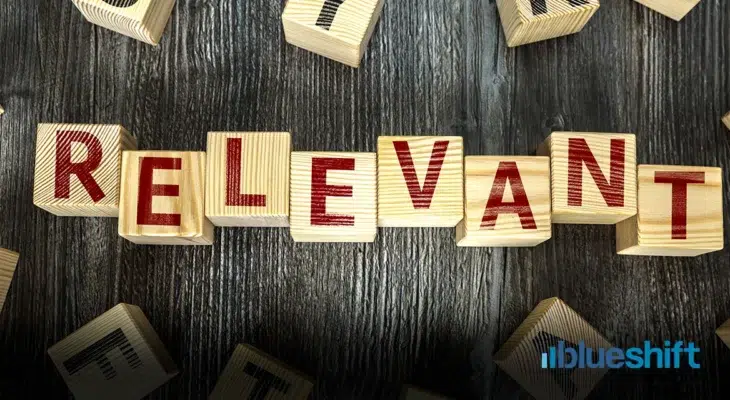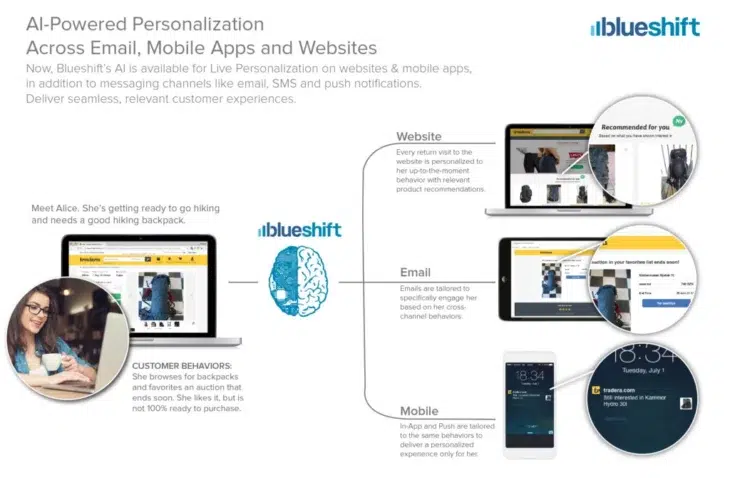One thing we can guarantee about the future: we’re never going to run out of content.
Take TV for example. Where once we had a handful of channels broadcasting one program at a time, we now have multiple streaming platforms, countless cable channels, on demand, and DVRs.
Or music: You’re not limited by your carefully curated CD collection anymore. You can choose from almost any song ever recorded on Spotify.
For the content consumer, it’s an embarrassment of riches. For businesses that rely on advertising or subscription revenue, it’s a challenge.
Attention spans are shrinking. With endless options, consumers will move on in matters of seconds if what they see or hear doesn’t capture their interest.
To stay relevant in the media industry — bringing targeted audiences, charging top dollar for your ads and maintaining a healthy growing subscriber base — your content needs to be relevant.
And, of course, every consumer’s tastes are different. The key to relevance is personalization recommendations.
For example, after revamping its mobile website to deliver a personalized, Facebook-like experience, USA Today saw a 75-percent increase in time spent per article.




